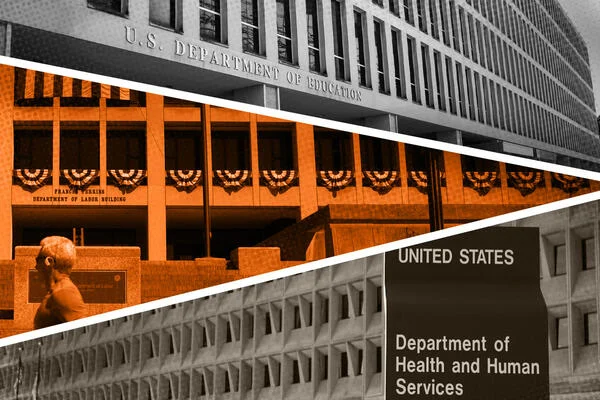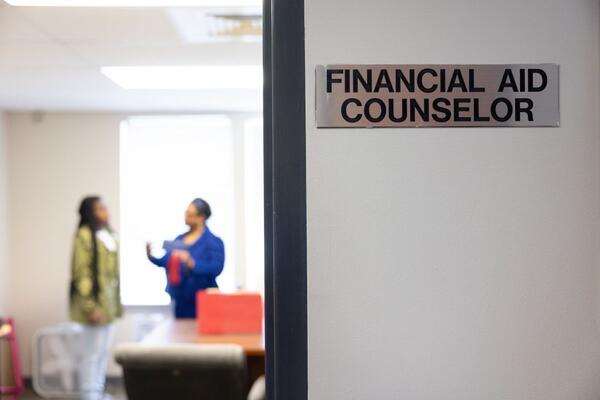Indiana’s new Act 202, which advocates of free inquiry have feared would suppress academic freedom despite its claims to promote intellectual diversity, now has been implemented in real life: Citing Act 202, Indiana University (IU) officials suspended Social Work professor Jessica Adams from teaching a class called “Diversity, Human Rights and Social Justice” because U.S. Senator Jim Banks complained that she showed a chart in class that included “Make America Great Again” as a slogan that can be used as covert white supremacy.
Senator Banks declared, “At least one student in the classroom was uncomfortable, and I’m sure there are more. This type of hateful rhetoric has no place in the classroom.” He is wrong. Hateful rhetoric has every place in the classroom, and bans on all ideas deemed “hateful” by someone would require massive repression. The goal of a challenging university must be to make students uncomfortable at times.
Although Act 202 is a terrible law, it’s important to point out that this law does not allow Adams to be suspended. Act 202 only allows colleges to do two things in response to complaints: Provide the information to the trustees, and “refer” them “for consideration in employee reviews and other tenure and promotion decisions.”
It does not authorize censoring classes or removing teachers on the grounds of intellectual diversity. In fact, Act 202 specifically prohibits this action because it says that institutions cannot “Limit or restrict the academic freedom of faculty members or prevent faculty members from teaching, researching, or writing publications about diversity, equity, and inclusion or other topics.”
Obviously, banning a professor from teaching because they used a chart about white supremacy is a direct violation of this provision of Act 202. By suspending a professor from a class and invoking this law, the Indiana University administration is going far beyond the requirements and the authority of the law, and Indiana officials are violating the Bill of Rights, Act 202 and their own policies.
The unjustifiable, illegal suspension of Adams without due process is yet another act of repression by Indiana University officials.
But the attack from Act 202 in the name of intellectual diversity has a long history. The right has taken the language of the left, mockingly imitating the words and then turning them into tools of repression.
In 2003, David Horowitz urged conservatives to “use the language that the left has deployed” and declare that there is “a lack of ‘intellectual diversity’ on college faculties.” Horowitz tried to invoke “academic freedom” to justify suppressing it, creating the Academic Bill of Rights and his “Students for Academic Freedom,” claiming that protecting the rights of students meant banning professors from expressing political views.
Horowitz’s terrible idea is implemented in Act 202, where one fireable offense is the crime of being deemed by trustees “likely” while teaching “to subject students to political or ideological views and opinions that are unrelated to the faculty member’s academic discipline or assigned course of instruction.” One problem is that no evidence of any misconduct is needed, simply a feeling that a professor might be “likely” to say something forbidden. But the deeper flaw is the belief that professors should not be allowed to say anything unrelated to their classes.
The AAUP’s standard is for “teachers to avoid persistently intruding material which has no relation to their subject.” It’s not the presence of any ideas unrelated to a class that violates academic norms, but only persistently intruding material. And this rule must be applied in a viewpoint neutral manner. Colleges cannot punish unrelated speech about politics more than they punish unrelated speech about football or the weather or any other topic. By targeting political viewpoints alone for penalties, SB 202 clearly violates the First Amendment.
Heterodox Academy, an organization that advocates for viewpoint diversity, spoke out strongly against these repressive aspects of Act 202. Joe Cohn warned: “The trustees’ guess that the faculty member is likely to ever express a political or ideological view that isn’t germane to the class is sufficient to justify the denial of promotion or tenure.”
These kinds of massive, totalistic bans on speech have an enormous chilling effect in practice, since no one knows what ideas could be deemed “unrelated” to a professor’s field by a trustee who knows nothing about that field.
Indiana has legislated Horowitz’s old dream of banning politics from the classroom, which in practice is meant to be a targeted attack on the expression of left-wing viewpoints.
When we resist bad laws like Act 202 by attacking intellectual diversity, we end up undermining the values we’re trying to protect and undercutting public support. Instead of denouncing the concept of intellectual diversity, we ought to say instead that we are defending intellectual diversity against those who cynically or misguidedly invoke it in order to destroy it.
In the past century, no concept has done more to protect intellectual diversity than tenure. Act 202, by creating a post-tenure review by trustees with no competence to judge academic work, undermines tenure and endangers intellectual diversity rather than defending it.
The Indiana law, by weakening tenure protections, is one of the greatest threats to intellectual diversity in the state. We need to attack the “intellectual diversity” law not because we oppose intellectual diversity, but because we support it. We want professors to be judged by their academic work, not by their political views, and we want academic work to be judged by academic experts rather than unqualified political appointees, because intellectual diversity is endangered when academic freedom and shared governance are attacked.
This week, I spoke about Indiana’s intellectual diversity law as part of a panel on academic freedom at Purdue University Northwest (an event funded by the University of Chicago’s Forum for Free Inquiry and Expression as part of its Academic Freedom Institute). And while attacks on academic freedom can inspire some people to mobilize against the threat, the far more common response is fear and silence.
In an atmosphere of budget cuts, no one is safe. We’re all contingent now, even the diminishingly few faculty with tenure in places where tenure still means something, because entire departments can be whacked to pieces as easily as a controversial adjunct professor is not rehired.
Indiana’s Act 202 attacks intellectual diversity. And when administrators violate the law to suspend faculty for presenting controversial views, academic freedom is under even greater threat.










